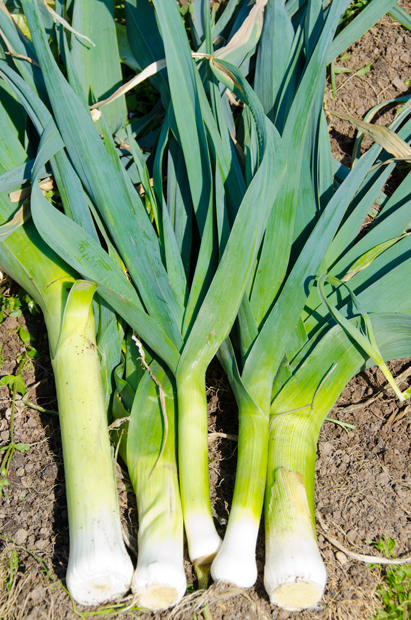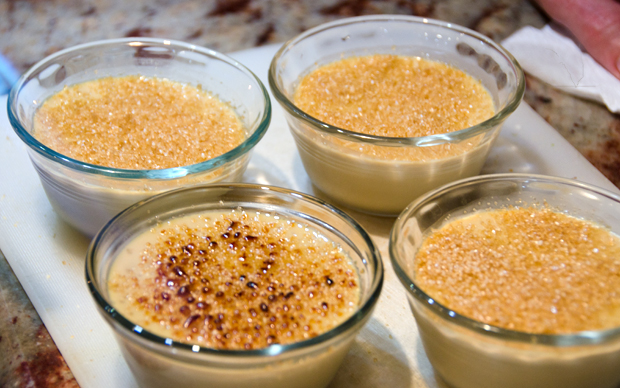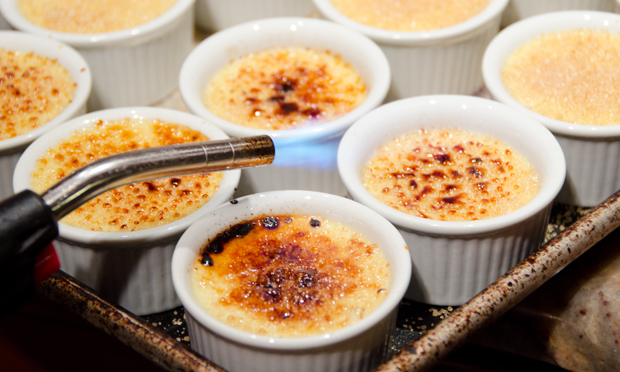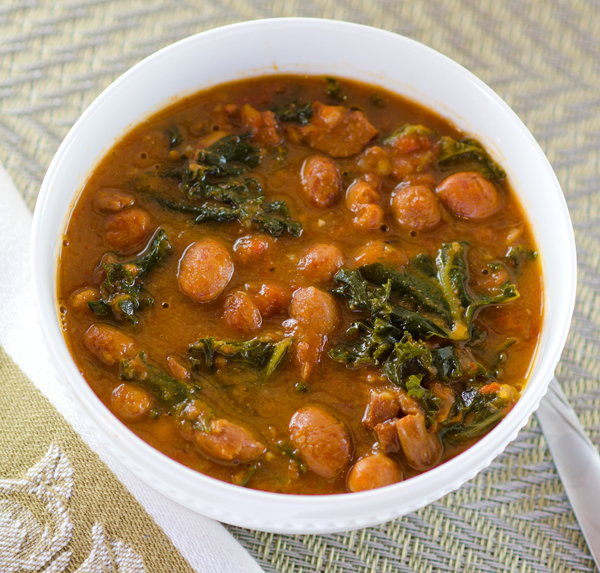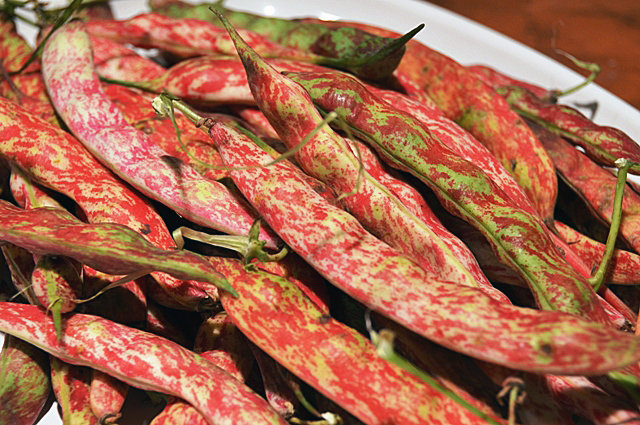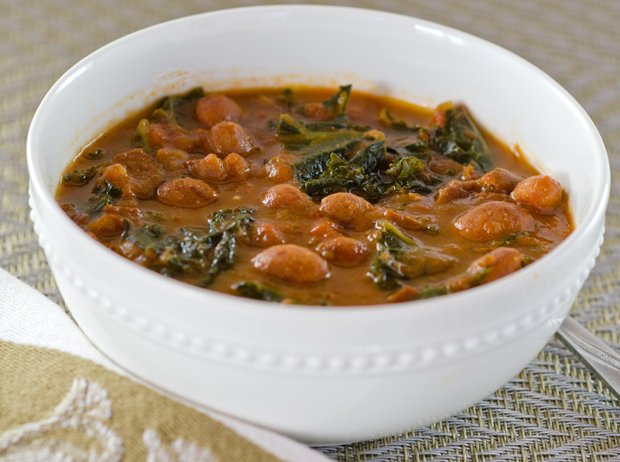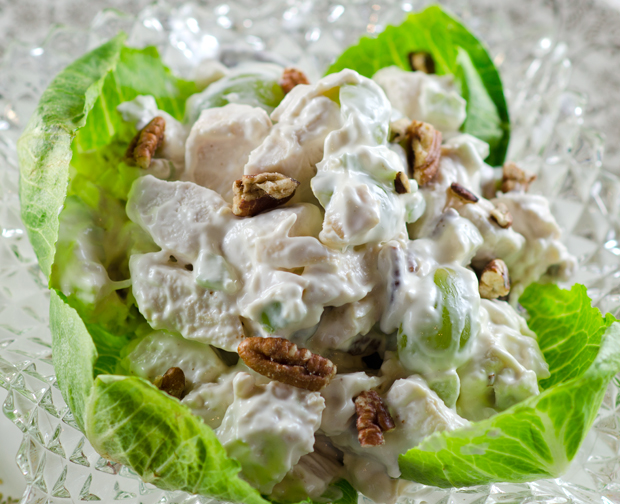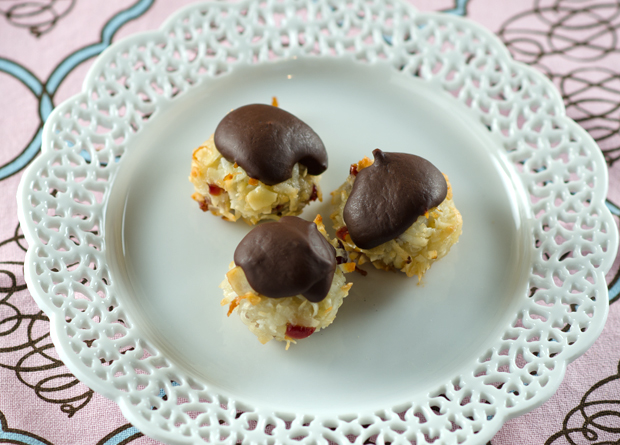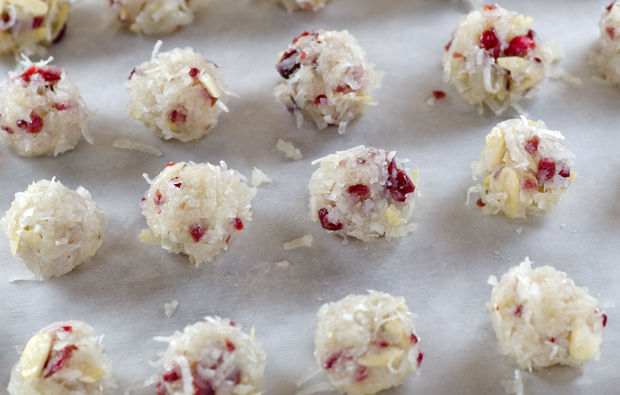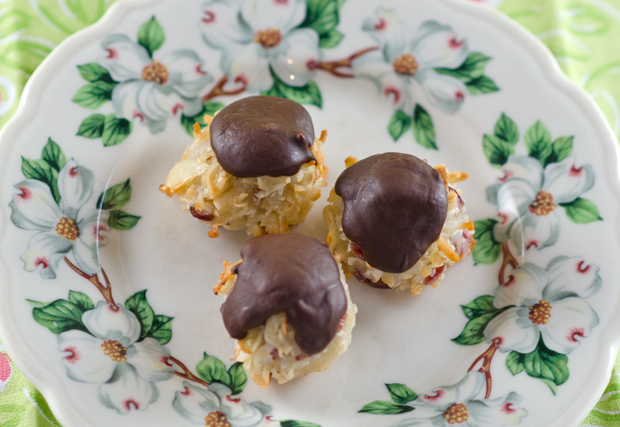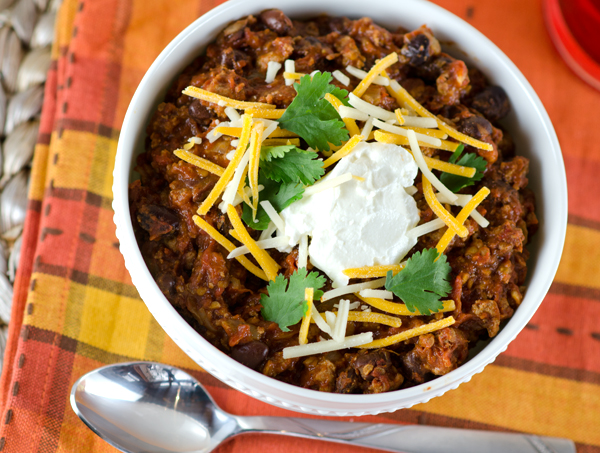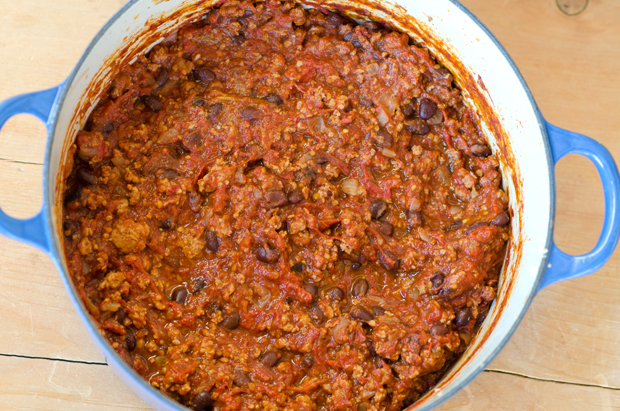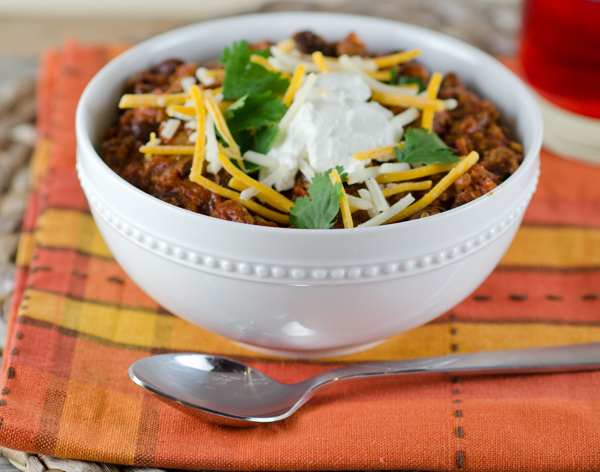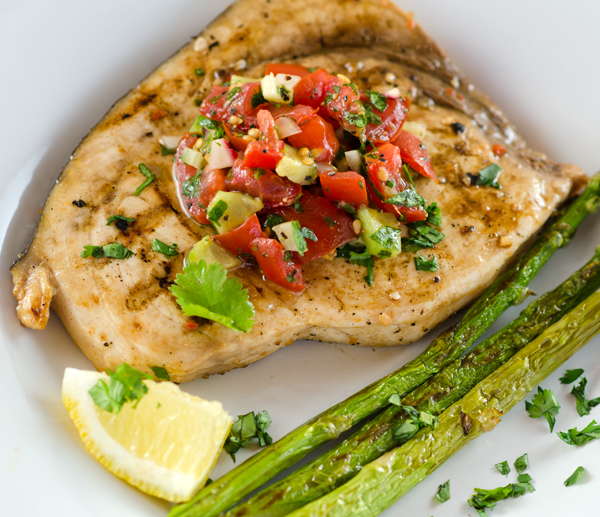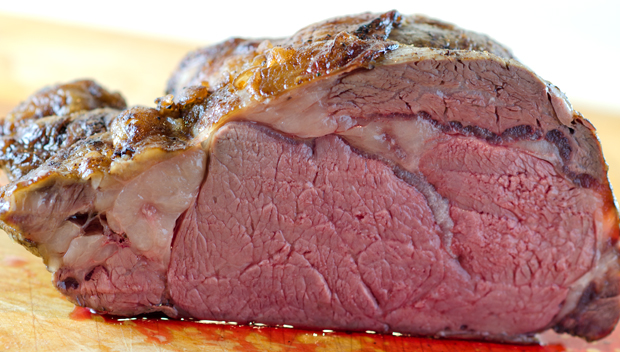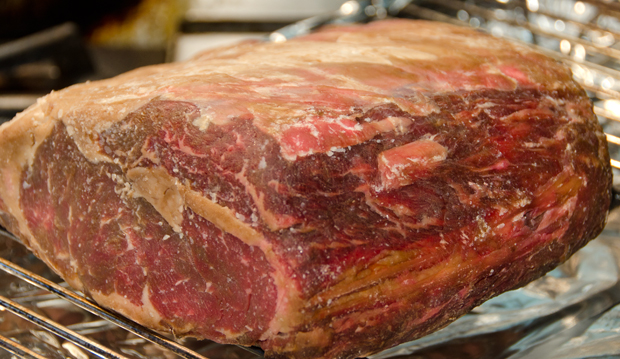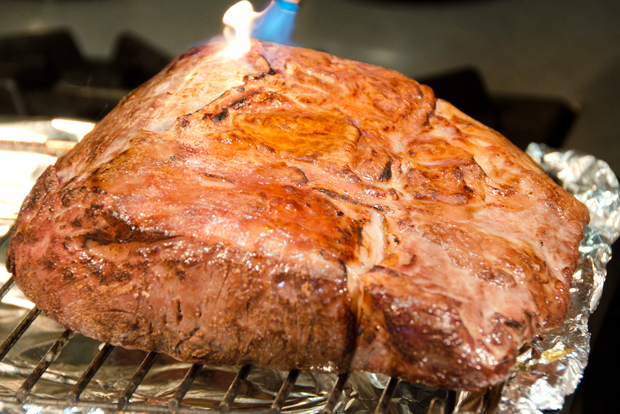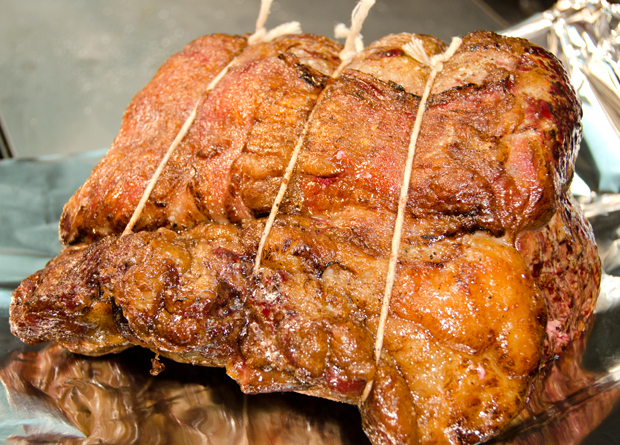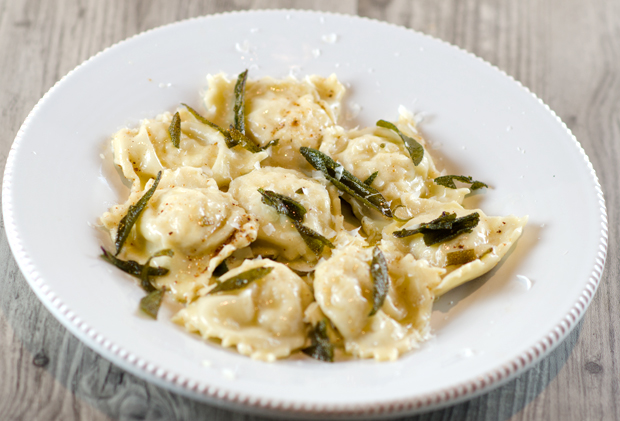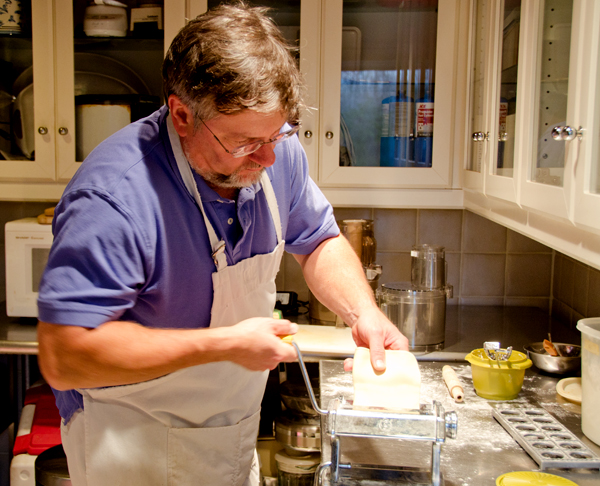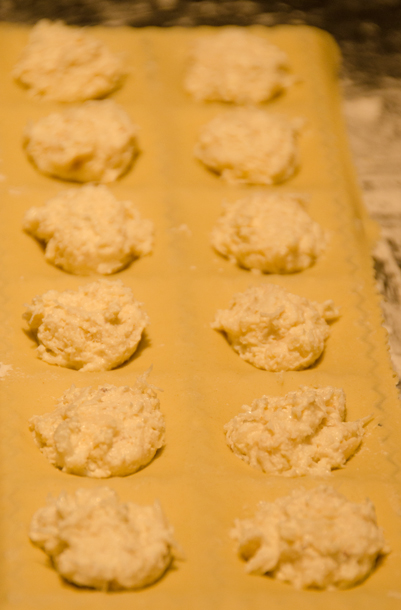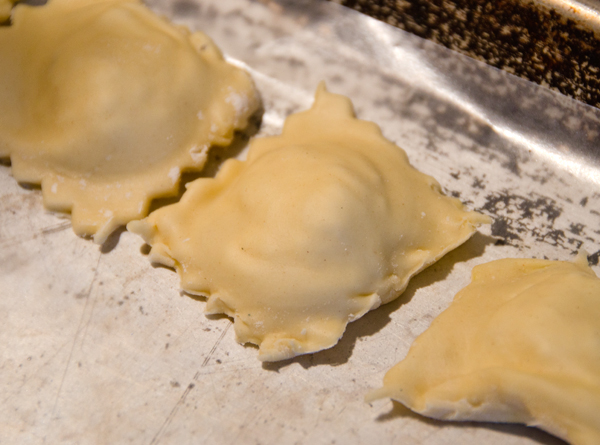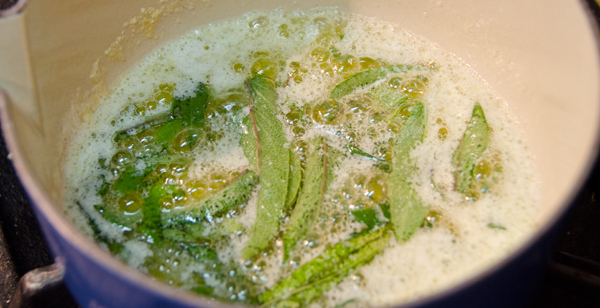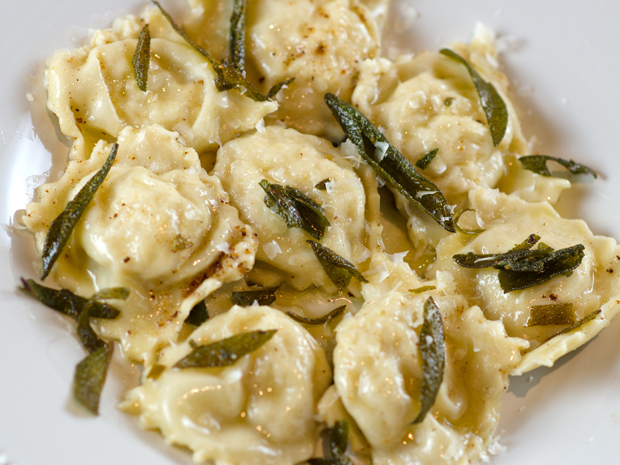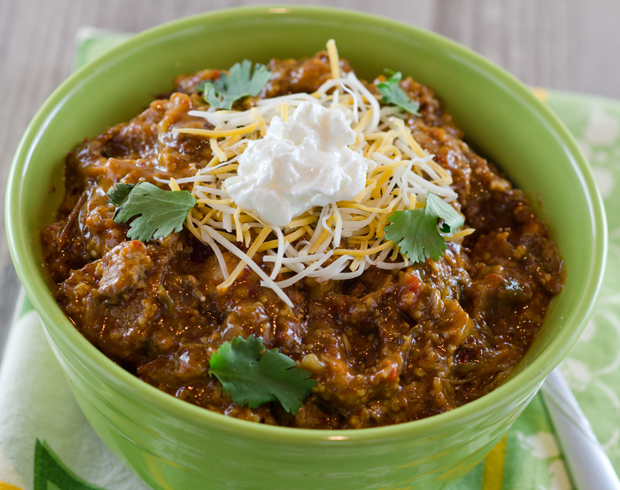I am a lucky woman. My husband planned, shopped, and took the day off from work and shoveling snow to cook a very special Valentine’s Day dinner for me. At the time I wasn’t even sure what the menu would be. I made a few requests and he filled in the rest. They were small courses or “bites” as he called them. A favorite tradition of mine, the demands of life and family required us to take a break from this meal for several years.The “meal of love” as he calls it, lasted several hours so I had some movies and the season finale of Top Chef to watch. I should have probably worked out between courses, we went to a wedding the next day and I was concerned about fitting into the dress I was wearing.
One dish I did request was a soup made with fresh chickpeas that stayed in my memory as a favorite after all these years. I love chickpeas and fresh ones have a wonderful nutty quality. My job now was to locate the source of memorable recipe. After some thought I remembered where it was from, a magazine that I subscribed to for some time, The Herb Companion.
The tag line of The Herb Companion was “in celebration of the useful plants”. Useful they are, The Herb Society of America defines an herb as “a plant valued for it’s flavor, fragrance, medicinal and healthful qualities, economic and industrial uses, pesticidal properties and coloring materials (dyes).” The magazine helped familiarize readers with herbs, both common and quite unique, how to grow them and their uses from culinary to crafts.
This issue (Feb-Mar 95) was in part devoted to alliums. Allium is a classification (genus) that includes garlic, onions, shallots and leeks to name just a few. Alliums are rich in sulphur compounds and have been said to be useful in everything from lowering blood pressure to relieving pain and inflamation.
However, my main interest was in the recipes, not the health benefits of alliums. Alliums pair well with the culinary herbs, in this case, Italian or flat leaved parsley and marjoram. Marjoram is closely related to oregano with a sweeter, more delicate flavor. Appropriate for the occasion, marjoram, according to Roman legend is known as the “herb of love”,
In this simple soup the delicate onion flavor of leeks combines with nutty chickpeas and fragrant fresh herbs. The original recipe called for water but Joe substituted a rich homemade turkey stock that brought another layer of flavor to the soup. When making any dish with dried beans, it’s best to purchase them from a bulk bin with a high turnover rate for the freshest possible beans. Old beans don’t rehydrate very well. Store dried beans in a cool dark pantry and use within a year. Chickpeas,as with all beans are a good source of iron, folate and dietary fiber. Canned beans could be substituted but they also bring additional salt and preservatives to the soup.
My memory was happily confirmed, this was a delicious soup and the recipe made enough to freeze for future meals. Sad to say, The Herb Companion is no more. As of 2013, after more than twenty years of bimonthly publication, the magazine has been incorporated into Mother Earth Living Magazine.
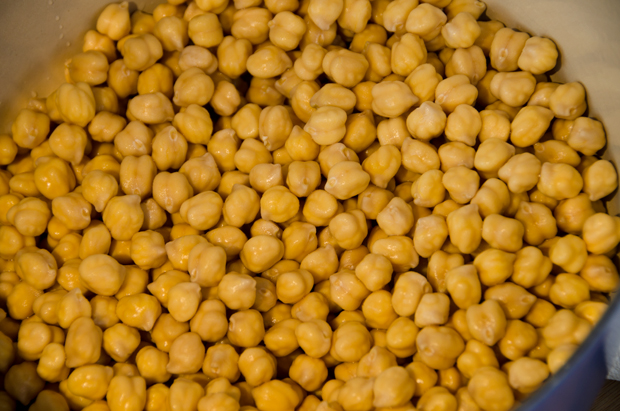
Chickpea and Leek Soup
Serves four to six
Ingredients
- 1/2lb. dried chickpeas
- 1 bunch leeks (about 1 1/2lbs.)
- 1 medium onion
- 3 large cloves garlic
- 3-4c water, chicken or turkey stock
- 1/3c extra virgin olive oil
- 5 sprigs Italian parsley
- 3 marjoram sprigs
- Kosher salt and freshly ground black pepper

Directions
- Soak the chickpeas in cold water to cover overnight
- Drain, rinse and cover with fresh water. Bring to a boil, reduce heat and simmer until very tender, about an hour. Puree half the chickpeas (or more for a thicker textured soup) Return them to the pot and salt well.
- Meanwhile, clean and trim the leeks, including only the tender green and slice 1/8 inch thick. Dice the onion and mince the garlic. Gently cook the vegetables covered, in 3 tablespoons of oil over low heat until they have softened,
- Add the vegetables to the chickpeas along with 3 cups of water or stock. Salt and pepper lightly and simmer the soup for about 30 minutes. Chop the parsley and marjoram leaves and add them to the soup. Simmer for an additional 5 minutes and adjust seasoning.
- Serve the soup hot with the remaining olive oil drizzled on top.
